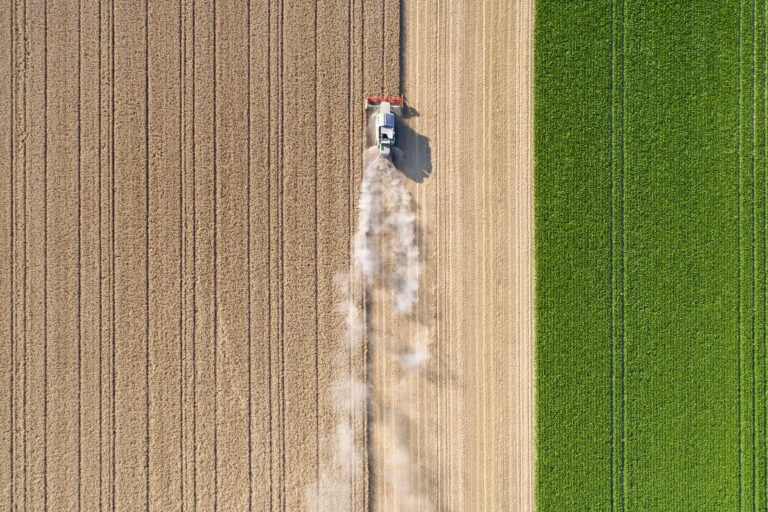The San Joaquin Valley is California’s agricultural heartland and at the center of the state’s water challenges. As the region brings its groundwater basins into balance under the Sustainable Groundwater Management Act (SGMA), over half a million acres of irrigated farmland may need to come out of production. At a virtual event last week, PPIC researchers and a panel of local experts moderated by Ellen Hanak, director of the PPIC Water Policy Center, discussed how to manage this massive transition while reaping the greatest benefits from idled land and mitigating air quality concerns.
Caitlin Peterson, associate director and research fellow at the PPIC Water Policy Center, presented new research on the potential for water-limited agriculture as a way to keep some land in production. Cereals and forage crops grown with only winter rains or small amounts of irrigation could give growers greater flexibility—and build resilience—in their operations, she said. Winter wheat, for example, can be sacrificed so that the field can be used for groundwater recharge when flood water is available—or it can be used for grazing when water levels and expected yields are low. This approach would also limit the dust, weeds, pests, and soil degradation that can accompany fallowed land.
The risk of increased dust is a major concern for the region, which has been working for decades to improve air quality. PPIC research fellow Andrew Ayres shared a new report indicating that vegetative cover is often the simplest and most cost-effective way to minimize dust, though small amounts of irrigation may be needed to establish this cover. He added that without careful land stewardship, rural, low-income communities will likely bear the brunt of the health risks associated with increased dust pollution, including greater respiratory and cardiovascular illness as well as developmental impairments in young children.
Cork McIsaac, president of Agriculture Industries, Inc. who manages land in Fresno and Kings Counties, said that he could see water-limited crops being effective in certain areas, particularly when used in combination with groundwater recharge to create enough moisture in the soil to establish crops. “The bottom line is that the economics have to come around,” he said. Either farms will be able to see financial returns from water-limited crops, or policies will need to take into account the broader public benefit—such as dust mitigation—and support farmers financially in taking this approach.
The panelists agreed on the importance of funding to encourage new land management practices. Jonathan Klassen, director of air quality science at the San Joaquin Valley Air Pollution Control District, described existing state programs that have helped growers purchase low-dust harvesting equipment and phase out open-air burning in favor of alternatives like recycling orchards back into the land, which reduces smoke and improves soil health. He noted that if cost is a barrier, then “setting up a program with funding to support the [agricultural] community to develop new practices and make them sustainable is vital.”
Streamlining these funding programs could help make them even more effective. Mark Hutson, a walnut and almond farmer in Chowchilla, suggested that the state distribute funds to local water districts or groundwater sustainability agencies, which could in turn disperse funds more flexibly and quickly to local growers with less paperwork and bureaucratic hurdles. He said he has spent as long as two years trying to complete the application requirements for certain grants.
Under scarce water conditions, building upon ongoing innovation and partnerships will be essential. Reyn Akiona, ecologist and watershed coordinator for the Tule subbasin in Tulare County, highlighted recent pilot programs that have promoted land fallowing and cover cropping, sometimes with funds from companies seeking to offset their carbon emissions. These pilots are helping “pave the way toward long-term fallowing, restoration, and repurposing, which is ultimately going to be one of the key arrows in our quiver as we move forward,” he said.
Though there are significant challenges ahead, the valley has undergone huge transitions before and come out strong, said Klassen. “The [agricultural] community has always stepped up and figured it out. I’m optimistic that we’ll see a lot of innovation with the community on this.”
We invite you to watch the event video.
Topics
agriculture air quality climate change Drought farming groundwater groundwater sustainability health Health & Safety Net San Joaquin Valley SGMA Water Supply Water, Land & AirLearn More
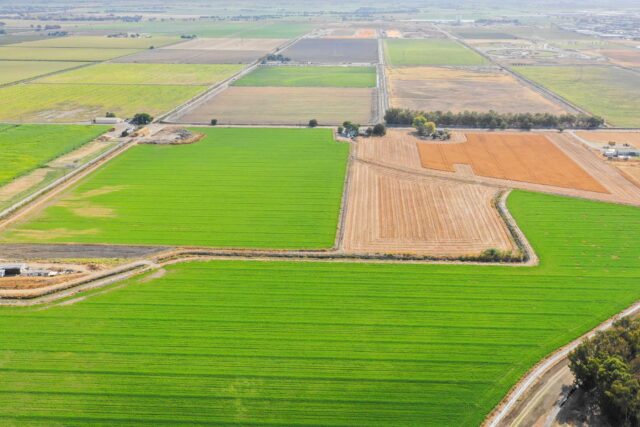
Commentary: Can San Joaquin Valley Agriculture Survive with Less Irrigation? Here Are Ways To Do It
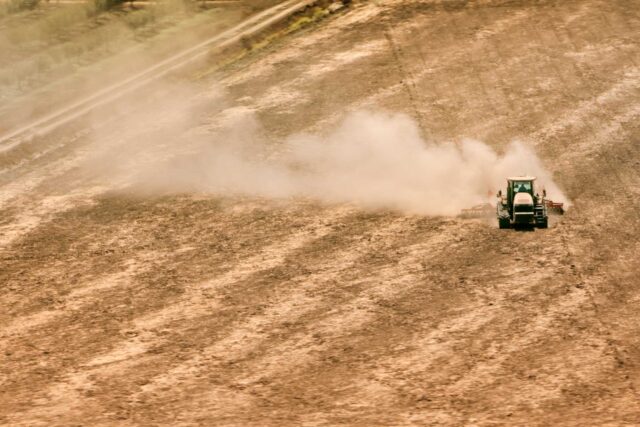
Commentary: San Joaquin Valley’s Next Big Air Pollution Threat—Blowing Dust from Fallowed Farmland
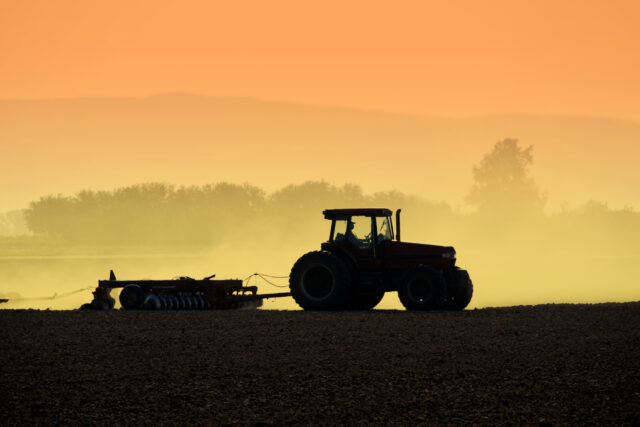
Dangers Lurk in the San Joaquin Valley’s Dust
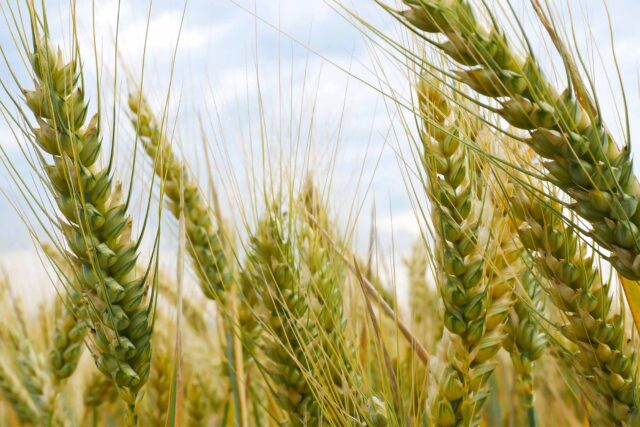
Exploring the Potential for Water-Limited Agriculture in the San Joaquin Valley


